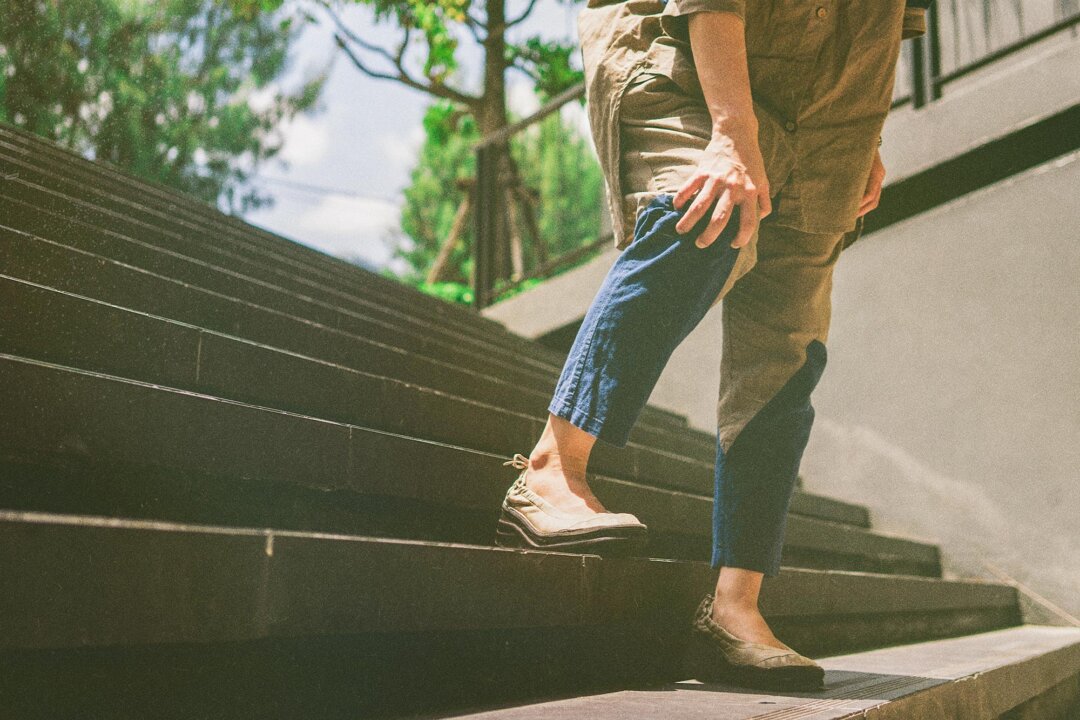has exploded in popularity, especially on TikTok, where it's often promoted as the secret to a "Pilates body" - long, lean muscles and perfect posture. But what can it really do for your body, and where does it fall short? Created by in the early 20th century to rehabilitate injured soldiers, the method focuses on controlled movements that build strength, flexibility, and body awareness. But experts say the aesthetic promises often tied to Pilates are misleading.
"Pilates talks a lot about how you're as young as your spine feels," says . "It's not about being slim." What is Pilates good for? through their full range of motion, improving mobility and posture.

Studies show it boosts flexibility, balance, and core strength while being low-impact - great for joint health and injury prevention. But it isn't the best workout for building muscle or burning fat. According to exercise scientist Brad Schoenfeld, most Pilates routines lack progressive overload, the key principle needed for muscle growth over time.
While reformer Pilates offers resistance training, mat-based Pilates alone won't build or retain much muscle mass, especially for experienced exercisers. Pilates also can't create "long, lean" muscles. "Muscles have genetically fixed insertion points - you can't lengthen them with exercise," Schoenfeld explains.
That look comes from having less body fat, not from a specific workout. Ultimately, Pilates is an effective, low-impact way to improve strength, posture, and flexibility - but it's not a magic bullet for body transformation. Experts recommend combining Pilates with cardio, strength training, and good nutrition for the best results.
"The best workout is the one you enjoy," says trainer . "Consistency beats everything else.".
Health

What Pilates can - and can't - do for your body: Benefits, myths, and limitations explained

Pilates can improve strength, mobility, and posture - but it's not a magic bullet for weight loss or building "long, lean" muscles. Leer















